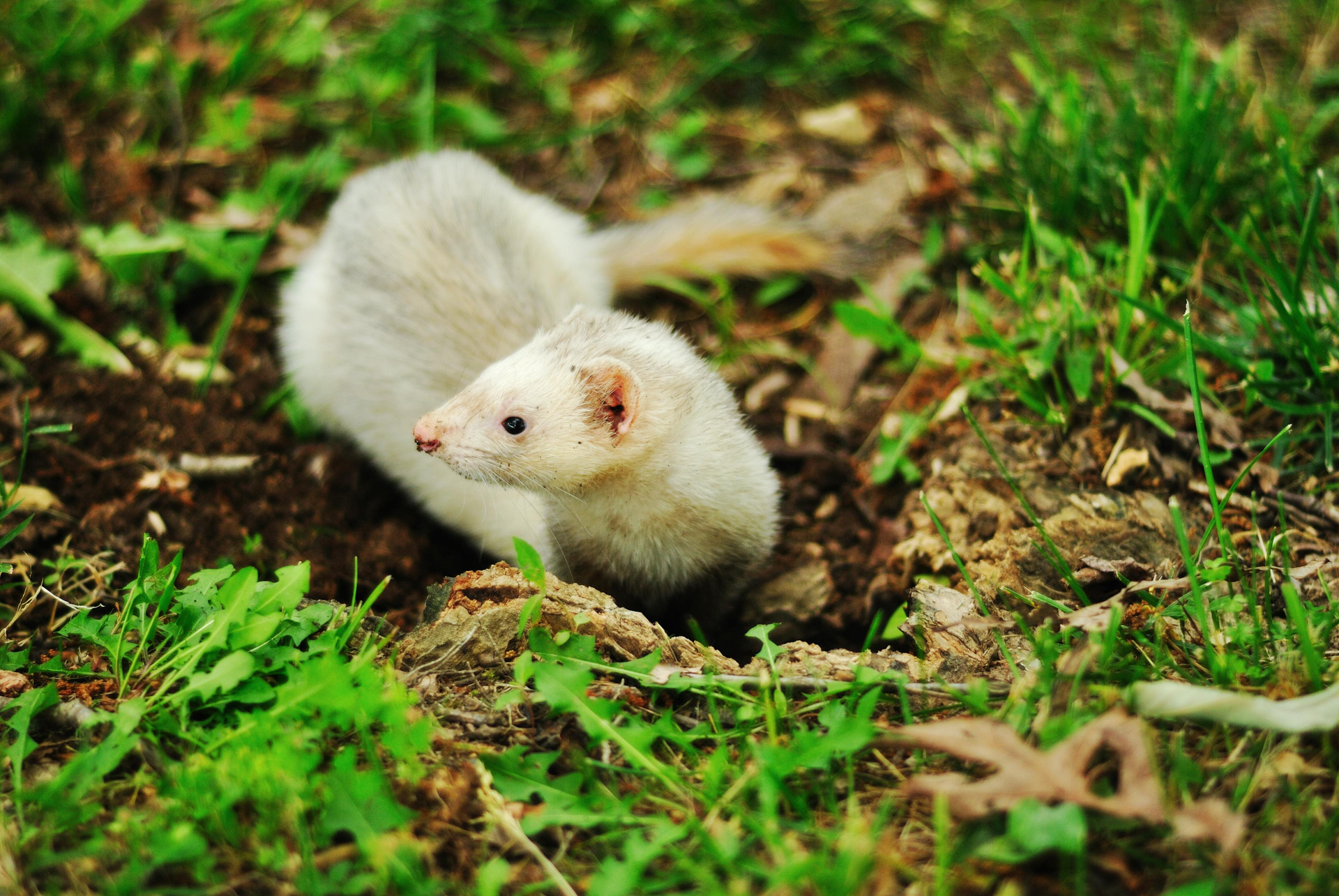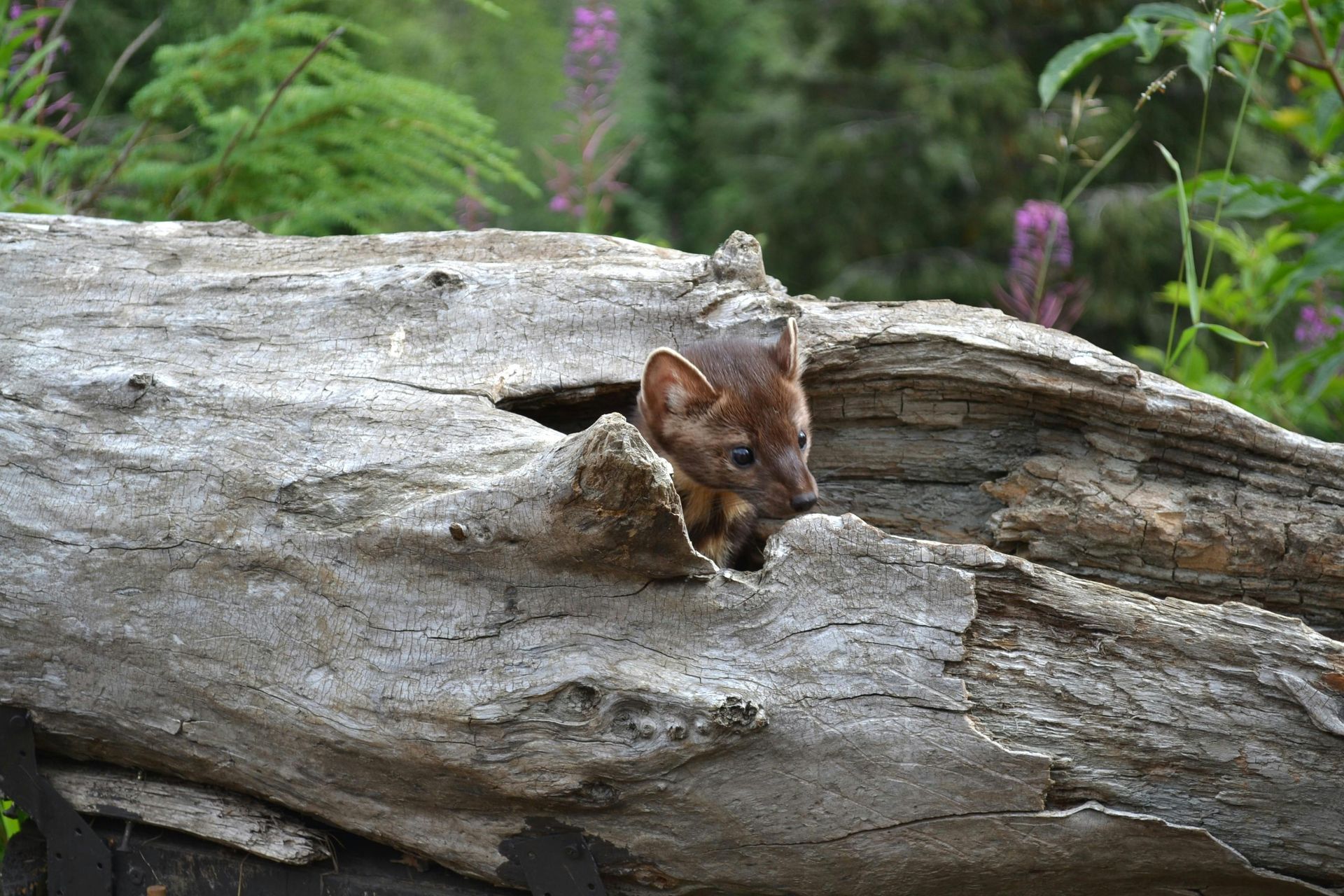Weasels are small, agile carnivorous mammals known for their long, slender bodies and ferocious hunting skills. Found throughout North America, Europe, and Asia, weasels thrive in various habitats, including forests, grasslands, and farmlands. They play an essential role in controlling rodent populations, helping maintain balance in ecosystems.
Weasels measure between 6-12 inches in length and weigh just a few ounces. Their short legs, pointed snouts, and thick fur help them navigate through narrow tunnels and dense vegetation. Common species include the Long-tailed Weasel and the Least Weasel. Weasels are opportunistic predators, feeding primarily on small mammals such as mice, voles, and rabbits, but they also eat birds, eggs, and insects.
Weasels are solitary animals with high metabolisms, requiring them to hunt frequently. They are active year-round and do not hibernate, though they may take shelter during extreme weather. During the breeding season, females give birth to litters of 4-10 kits, which are raised in burrows or dens.
Natural predators of weasels include hawks, owls, foxes, and larger carnivores. Human-related threats such as habitat loss, vehicle collisions, and rodenticide poisoning also impact weasel populations.

For your safety and the well-being of wildlife, please observe animals from a distance and avoid touching or disturbing them. If you encounter an animal that appears injured or in distress, contact a licensed wildlife rescue organization for guidance before intervening.
Found An Animal? Not sure how to help a wild animal in need? Learn when to step in, who to call, and how to help safely.
Did You Know?
- Weasels can kill prey much larger than themselves, thanks to their powerful bite and agility.
- The Least Weasel is the smallest carnivorous mammal in the world.
- Weasels change the color of their fur with the seasons, turning white in winter for camouflage.
- They have flexible spines that allow them to twist and turn quickly in pursuit of prey.
- Weasels are known for their “war dance,” an excited display of jumping and twisting when hunting or playing.
- Long-tailed weasels evolved almost 2 million years ago in North America.
- Weasels can consume up to half their body weight in food daily.
- Despite their small size, weasels are fearless and will confront much larger animals when threatened.
- Their long, narrow bodies allow them to follow prey into burrows and tight spaces.
Problems Faced In The Wild
- Habitat Loss: Urban expansion and agriculture reduce available habitat and prey sources.
- Rodenticide Poisoning: Consuming poisoned prey can harm or kill weasels.
- Vehicle Collisions: Weasels are vulnerable to being struck by cars while hunting near roads.
- Climate Change: Altered weather patterns can impact prey populations and shelter availability.
- Predation: Larger predators, such as hawks and foxes, pose a threat to weasels.
- Human-Wildlife Conflict: Weasels are sometimes targeted as pests due to their predation on poultry.
Tips For Cohabitation
- Avoid Using Rodenticides: Choose humane pest control methods to protect weasels and other predators.
- Preserve Natural Habitat: Maintain native vegetation and natural spaces for hunting and shelter.
- Provide Brush Piles: Create safe hiding spots for weasels in gardens and natural areas.
- Protect Small Livestock: Use secure enclosures for poultry to reduce predation risks.
- Educate Others: Share the ecological importance of weasels in controlling rodent populations.
- Support Wildlife Corridors: Advocate for protected areas that allow weasels to move safely between habitats.



